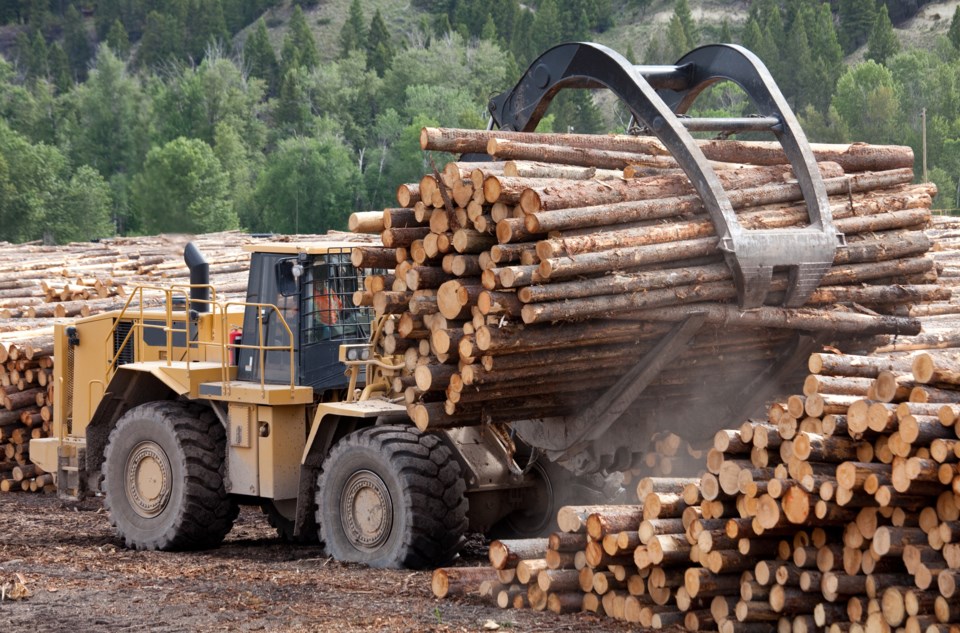As the world uses more and more wood over the next few decades, the planet-warming greenhouse gas emissions associated with logging will rise, new research predicts.
Yet many of these emissions are not currently attributed to the logging industry because widely used accounting methods leave the impression that wood harvests only marginally increase carbon emissions or don’t increase them at all, according to new research published in Nature.
Increased wood harvesting will add between 3.5 billion and 4.2 billion metric tonnes of greenhouse gas emissions to the atmosphere annually, the research authors estimate. That amounts to roughly 10 per cent of global annual carbon dioxide emissions in recent years, write the authors at the World Resources Institute.
The new research, published July 5, highlights many of the carbon accounting problems pointed out by Nature Canada and the Natural Resources Defense Council in their yearly analysis.
These environmental groups have roundly criticized Canada’s emissions tabulation methods from the forestry sector. Canada’s most recent annual greenhouse gas inventory report says the forest land and harvested wood products category removed 9.1 million tonnes of emissions from the atmosphere in 2021. Nature Canada and the Natural Resources Defense Council used government data to calculate that net logging and wood use emissions actually added to Canada’s emissions to the tune of 73 million tonnes in 2021.
The discrepancies are caused by accounting choices. For one, the federal government’s calculations exclude emissions caused by wildfires, insects and disease. Those emissions are tabulated separately.
Separating events like fire, pests and disease into their own category is done to isolate the impacts of human activity, which would get lost in the massive emissions caused by fires and other events, Anne-Hélène Mathey, a forest carbon accounting specialist with Natural Resources Canada, told Canada’s National Observer in an interview in May 2022.
Another reason is that the federal government’s emissions calculation is based on “managed forests,” which are designated by the government. This includes large areas of unprotected primary forest and allows the government to take credit for the carbon removal in those areas while excluding the impacts of fires, Nature Canada points out.
As of last spring, 121 million hectares of Canada’s forests were unmanaged and 226 million were managed, according to Mathey.
“The managed forest is not only forest that gets harvested; the managed forest is forest that is under the influence of human activities,” said Mathey. “And that can be anything from fire suppression to parks,” she said, noting that in Canada, all forested parks are part of the managed forest designation.
Earlier this year, Canada’s commissioner of the environment and sustainable development also raised concerns that the effects of Canada’s forests on emissions have not been effectively communicated to support decision-making and accountability for meeting national climate targets.
Commissioner Jerry DeMarco’s 2023 report said the federal government didn’t provide “a clear and complete picture of the effects of Canada’s greenhouse gas emissions from forests,” specifically, that Natural Resources Canada and Environment and Climate Change Canada didn’t provide sufficient information on how logging impacts emissions.
“These faulty accounting methods are … allowing the false portrayal of logging as being carbon-neutral, which is not at all the case,” said Michael Polanyi of Nature Canada.




